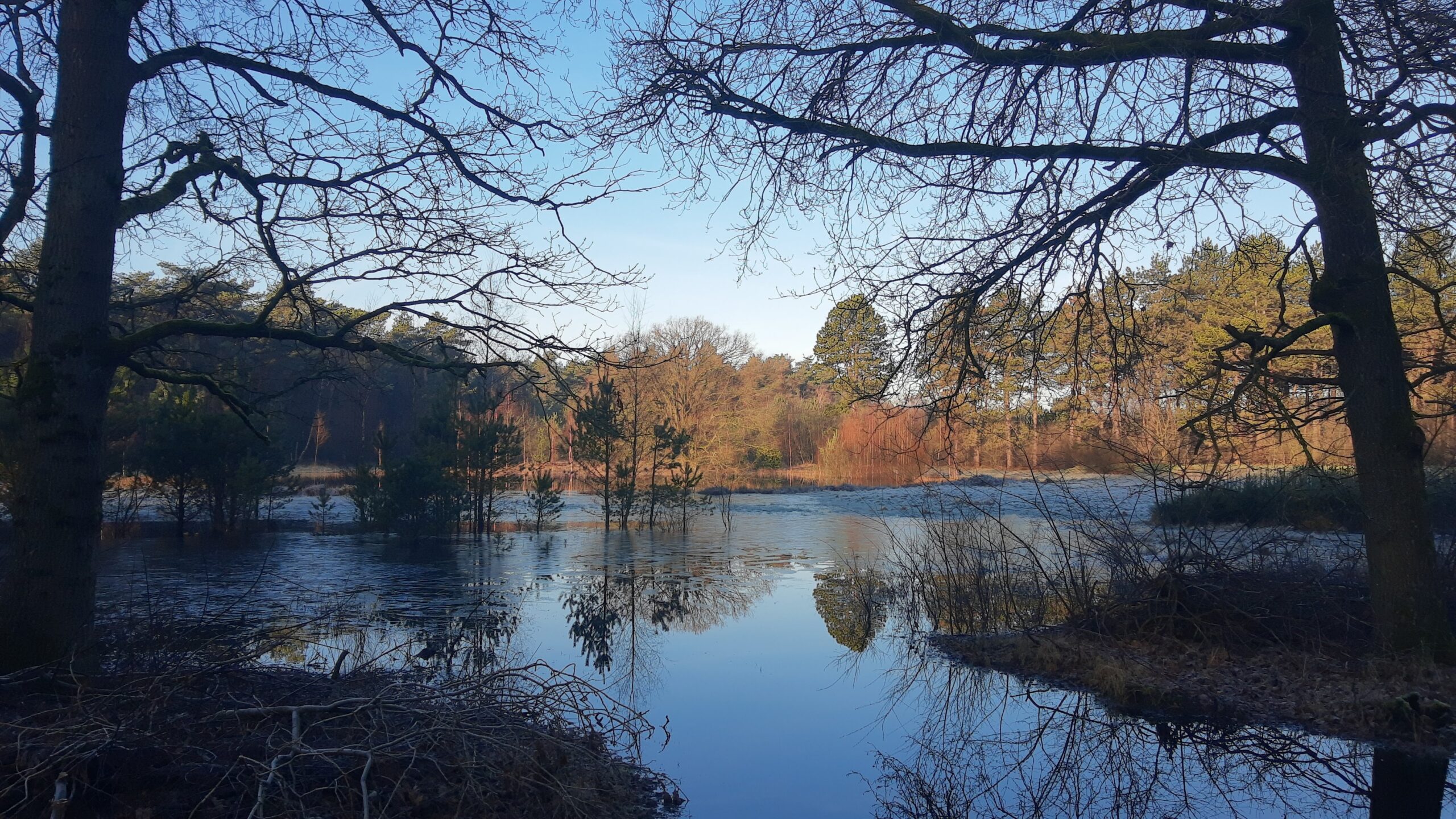The increase in agricultural productivity led to the removal of small bushes, trees, hedges, and ponds to make way for larger agricultural plots. Consequently, this transformation of the landscape has made it more vulnerable to climate change, contributing to the spread of diseases, viruses, and pests, while also leading to a decline in biodiversity. Moreover, this simplification has resulted in unhealthy air, water, and soil, posing a threat to human well-being.
We should reintroduce nature into our agricultural landscapes to leverage its generative power in enhancing climate resilience, reducing pest loads, and restoring environmental health and beauty. The costs involved are minimal as plants grow on their own, requiring minimal space, and naturally rebuilding resilience as they grow – thus reinforcing all nature services. Nature, having evolved over billions of years, holds immense power that would be unwise not to harness.

